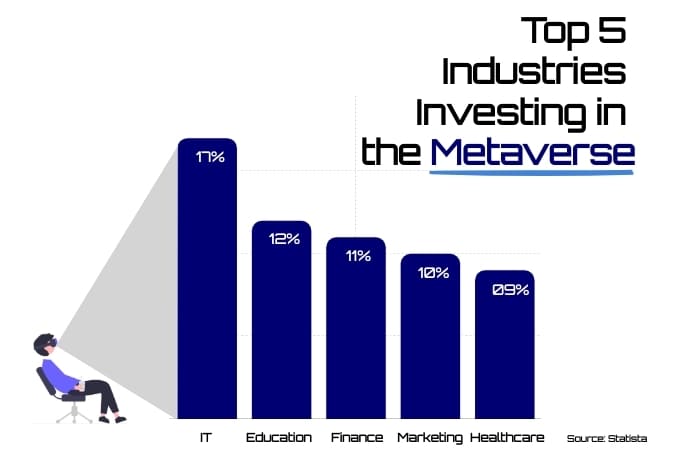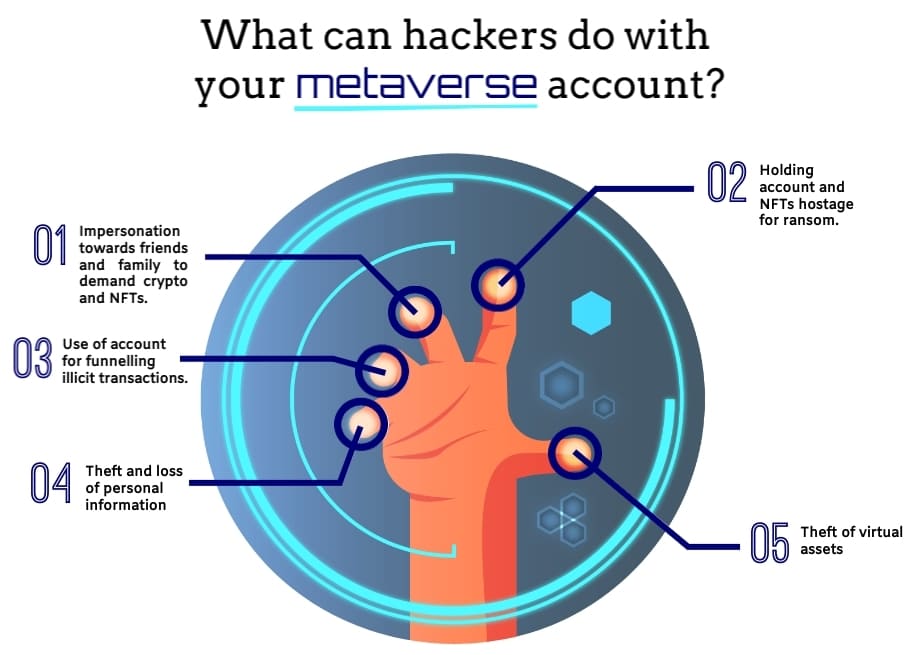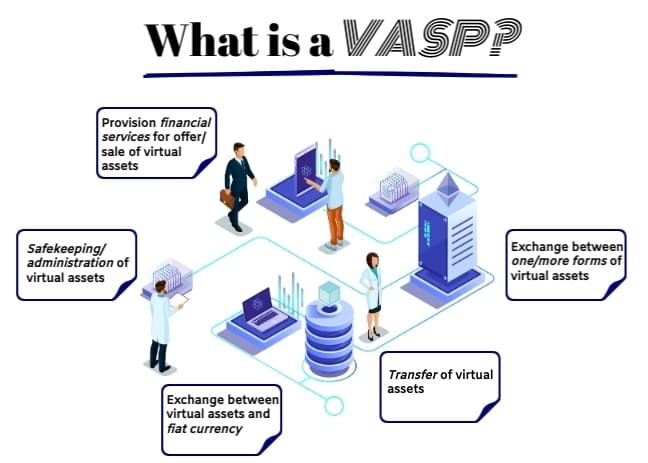
Non-fungible tokens (NFTs) are the primary revenue model for metaverse games and include any in-game items created by the users – from vehicles, to skins, to even property.

These unregulated virtual worlds are prone to a variety of crimes such as fraud, money laundering, and identity theft, amongst others. As the industry keeps growing, so is the risk of illegal activity.
How will NFTs be used for money laundering in the metaverse?
In February 2022, The U.S. Treasury Department published a study detailing how NFTs present a potential money laundering challenge. The lack of geographic distance and the ease with which one can purchase a digital item is what makes this new art form attractive to criminals. The metaverse, with its complex financial systems, could add a veil of obscurity to illicit NFT transactions.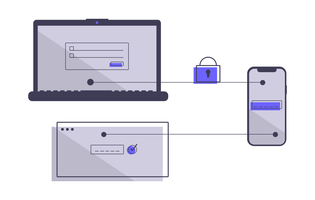
The danger of the metaverse is that criminals could inject their ill-gotten funds into the games to buy/sell small NFTs, such as clothes or accessories, through repeated microtransactions. This form of self-laundering, also noted in the study of the U.S. Treasury Department for NFTs in the art world, would require no cost of travel, shipping, or other financial expenses that instead would incur with real-world items.

Can theft be carried out in the metaverse?

When it comes to metaverse platforms, the situation is no better. In 2021, metaverse companies encountered 40% more human attacks and 80% more bot attacks than any other type of business, according to cybersecurity firm Arkose Labs.

In a report titled “The Future of Financial Crimes in Metaverse Report 2022,” blockchain analysis provider Elliptic found that at the moment 99.5% of illicit activity linked to MANA and SAND involved crypto asset thefts.
Arkose Labs state that, “With highly persistent attackers and high stakes, companies investing in the metaverse must put a premium value on trust & safety at login, registration, and in-platform actions to protect digital identities in their virtual worlds.”
How could terrorist financing happen in the metaverse?
In a speech published in December 2021 in China’s Caixin newspaper, Gou Wenjun, director of the Anti-Money Laundering Monitoring and Analysis Center in the People’s Bank of China, listed terrorist financing as one of the major threats that digital assets pose in the metaverse.
While this has yet to spill over to the metaverse, the use of NFTs by terrorists have already been spotted. Kharon, a risk data and software solution company, found that an advocate of the Russian Imperial Movement – a white supremacist group – had listed an NFT for sale on OpenSea to raise crypto for the support of Russian fighters in Ukraine.
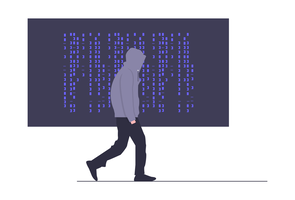
The Facebook Papers showed that the platform [Meta’s Horizon Worlds metaverse project] can function almost like a turn-key system for extremist recruiters and the metaverse would make it even easier to perpetrate that violence.~ Karen Kornbluh, Director of the German Marshall Fund’s Digital Innovation and Democracy Initiative and former U.S. ambassador to the Organization for Economic Cooperation and Development.
Are metaverse platforms regulated?
There is currently no local or international legislation concerning metaverse worlds. The closest regulatory guidance comes from the FATF in an interpretive note added to Recommendation 15 in June 2019. It describes the notion of a virtual asset service provider (VASP) which is defined as a natural or legal person that conducts business or operations for or on behalf of another natural or legal person, such as the exchange between one or more forms of virtual assets or safekeeping and/or administration of virtual assets or instruments enabling control over virtual assets, amongst other activities.In July 2022, the European Parliament proposed a series of “compromise amendments” to European money-laundering laws to tackle financial crime targeting cryptocurrencies, NFTs, DeFis, and the metaverse. The draft of the legislation is yet to be voted by lawmakers. The European Parliament has acknowledged that the metaverse “offers new opportunities for criminals who can convert cash acquired through illegal activities into non-traceable currencies to purchase and sell virtual real estate, virtual lands and other high-demand good.”
Most metaverse platforms also don’t have KYC processes of their own and leave the verification of their users to third-party NFT and crypto wallets which are used to store a user’s cryptocurrencies. Other platforms require minimal documentation, such as an IRS form W-9 (for U.S. taxpayers) or W-8 (for non-U.S. taxpayers) in the case of Roblox’s users that want to exchange fiat money for Robux and vice-versa. The Sandbox on the other hand has recently announced that it will introduce KYC authentication for future land sales. There are no details on how the process will be carried out.
What will the metaverse hold for compliance professionals?
Metaverse platforms are currently still in their infancy, but the technology is poised to expand at a rapid pace. Gartner, a technological research and consulting firm, estimates that by 2025 around 25% of people will work, transact, and live in the metaverse for at least one hour per day.As the industry grows, so will the risk of crime in virtual worlds. Nina Jane Patel, a metaverse researcher and consultant, believes that underground criminal metaverses could become a reality in the future. In an article in Vogue she states that, “much like the internet, there will be dark metaverses, niche metaverses and a wide range of digital spaces for humans to engage.”

This will open a new industry for compliance and AML professionals where their expertise will be needed for financial crime screening, customer due diligence, and other tasks that have been primarily relegated to financial institutions. New technologies don’t only foster new opportunities for criminals, but also for compliance specialists.
